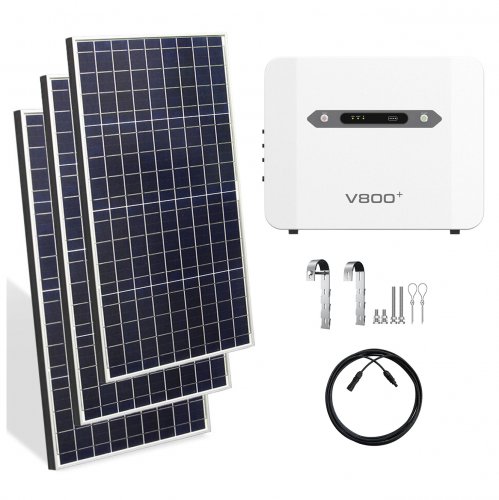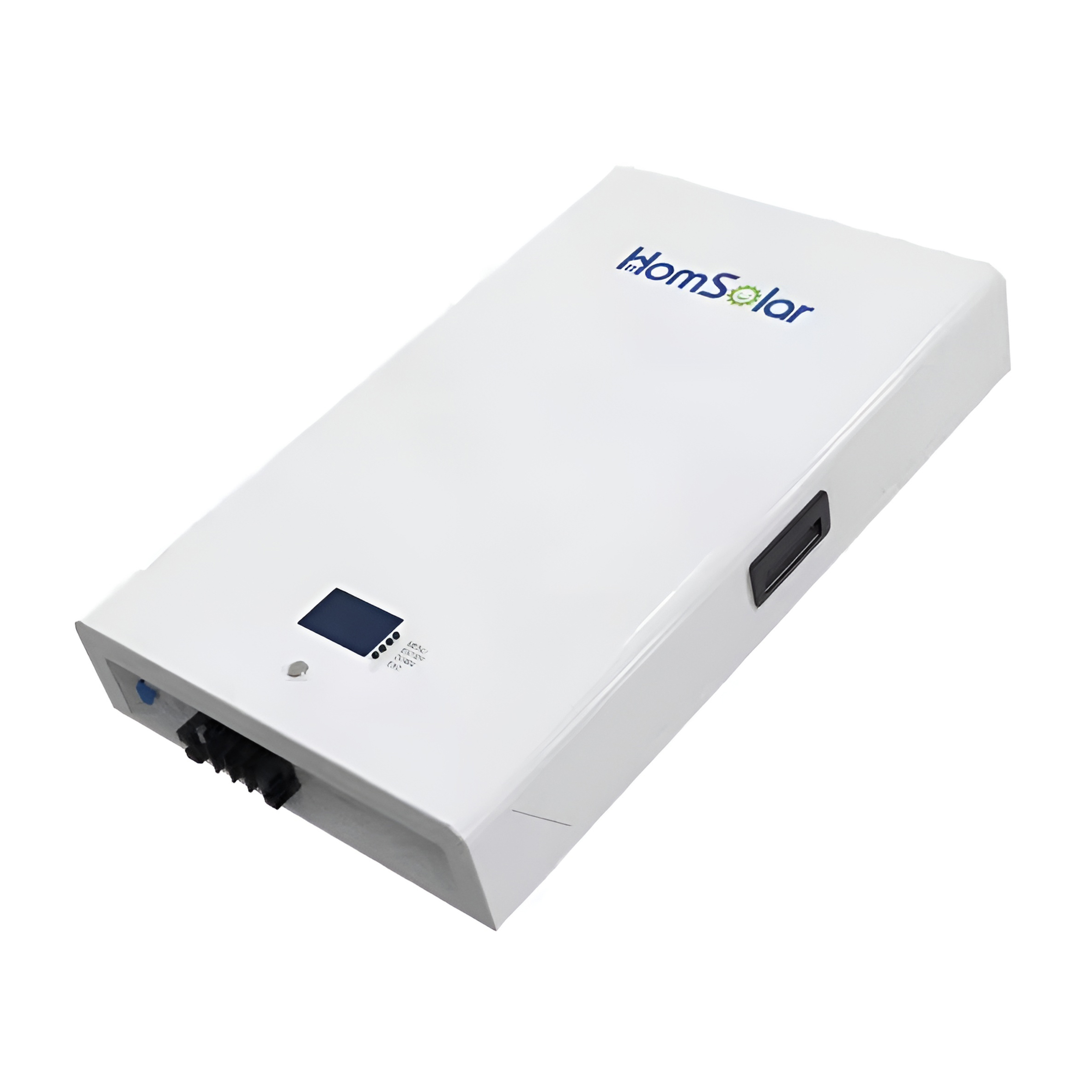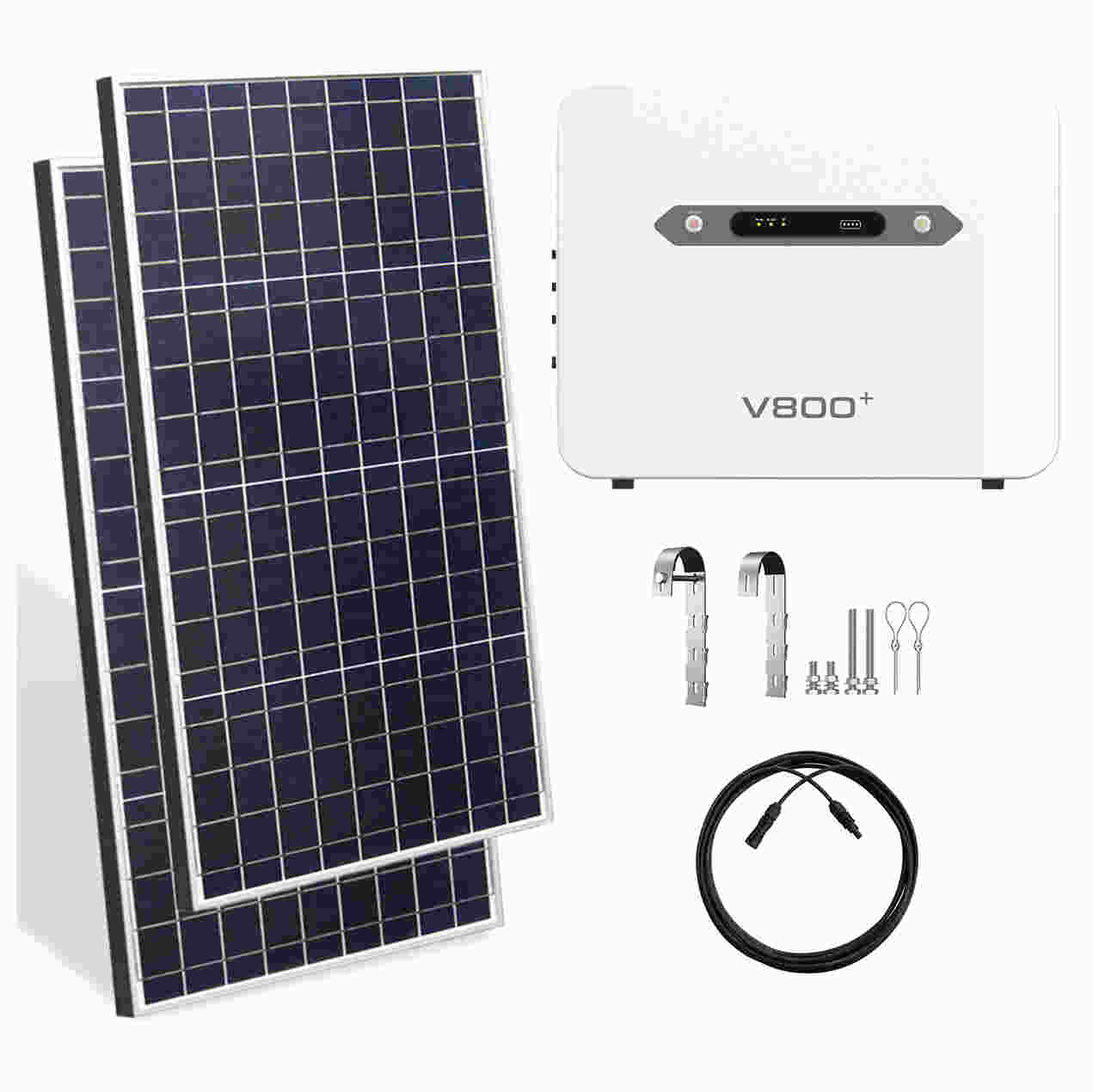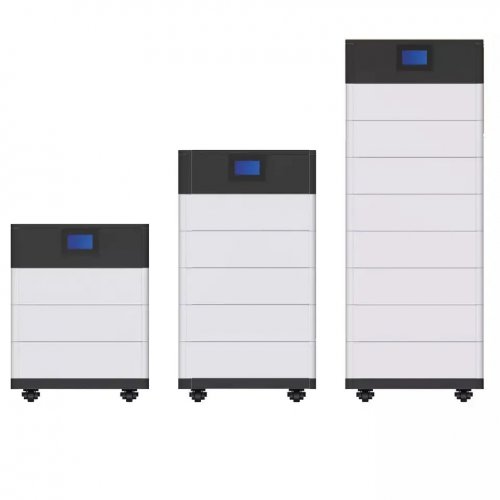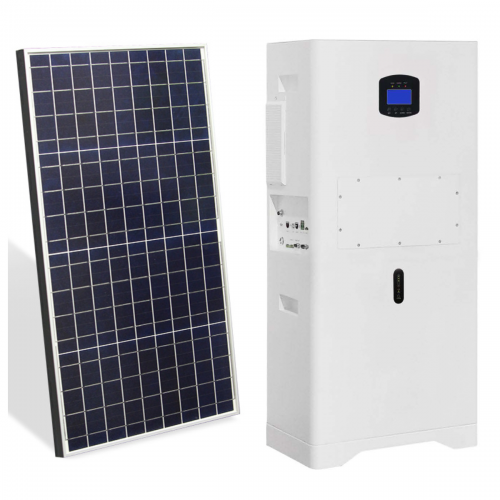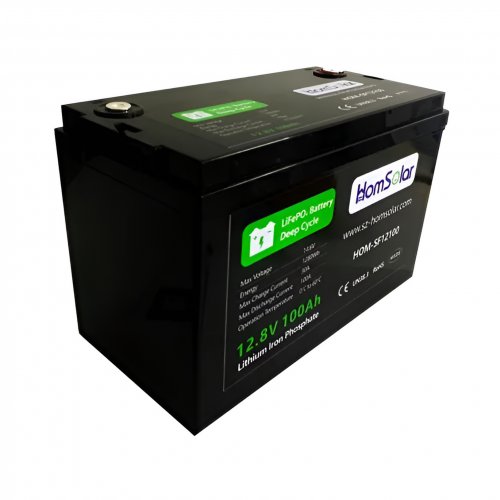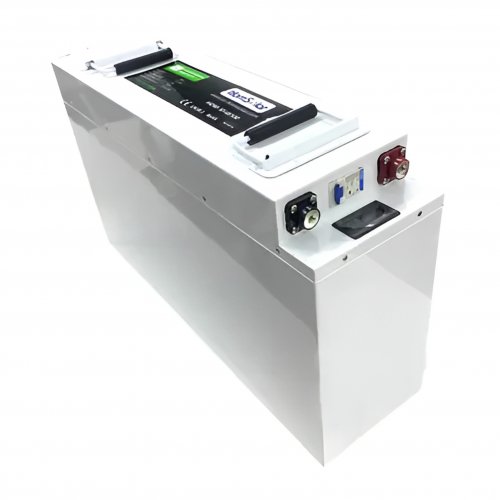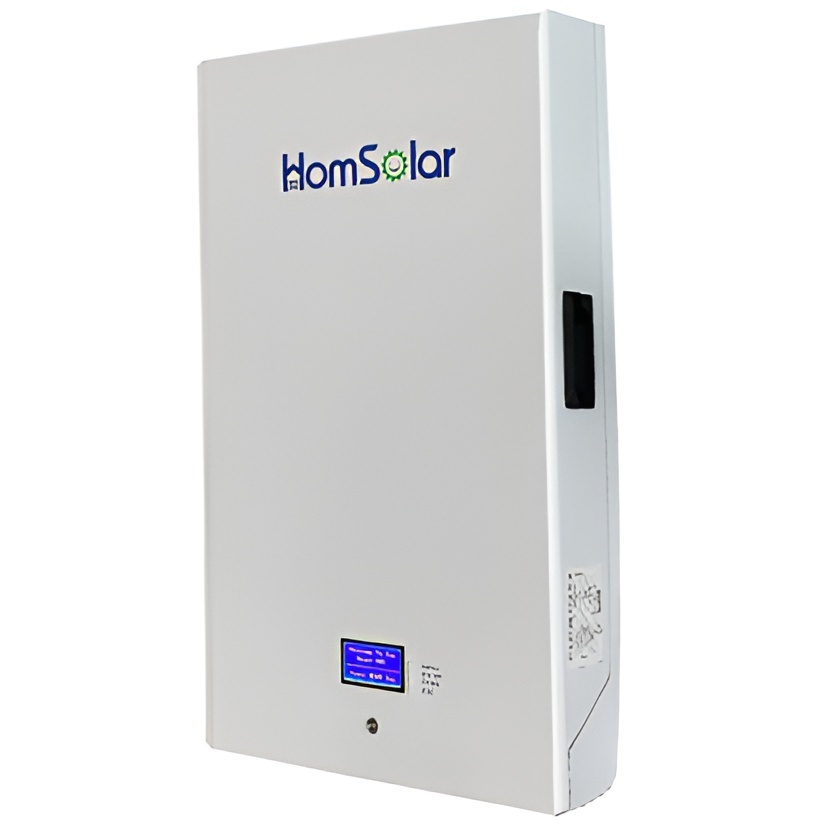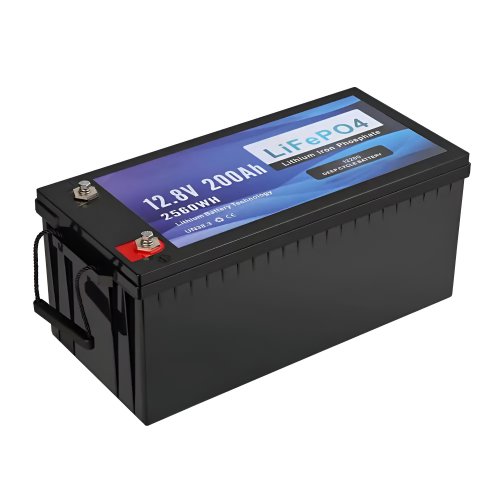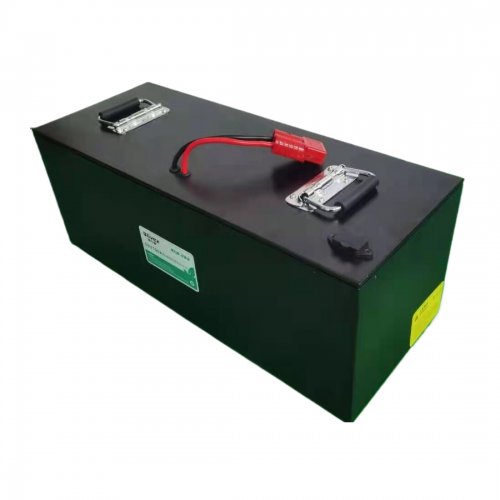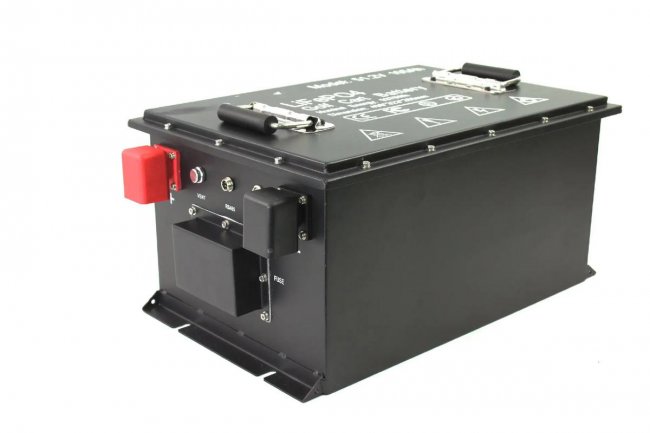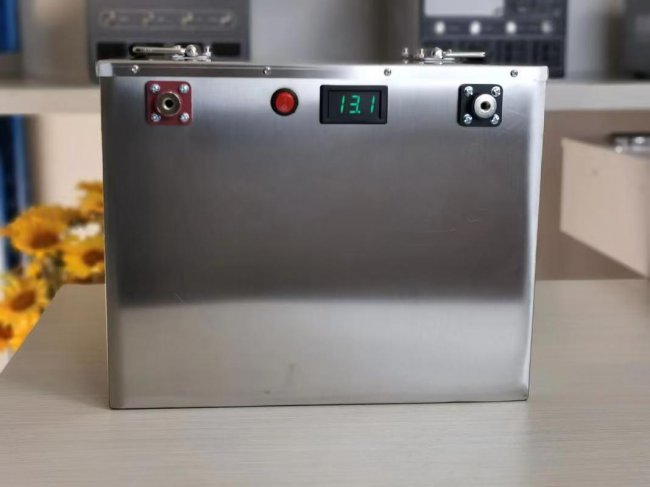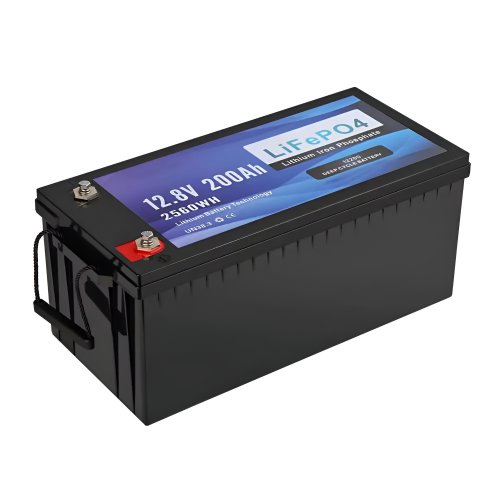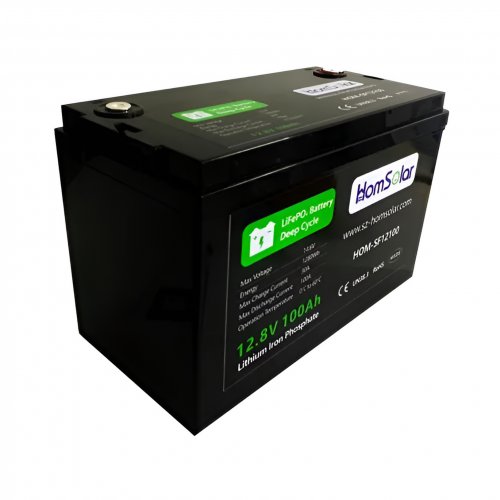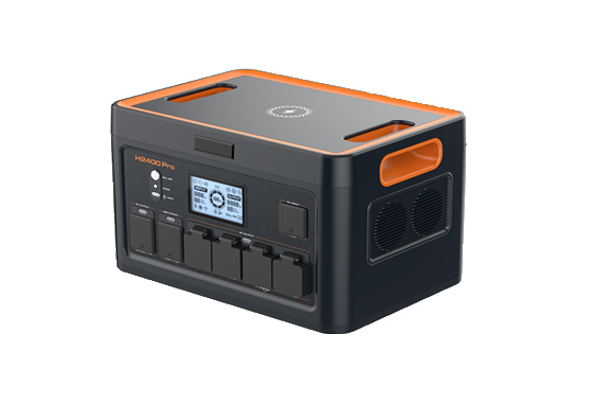Scientists build 23.2%-efficient lead tin perovskite solar cell with improved lifetime
An international research team led by the University of Surrey with Imperial College London has identified a strategy to improve both the performance and stability of lead-tin perovskite solar cells, achieving a champion device with 23.2% power conversion efficiency, which it says is one of “the best results” achieved with this material and “importantly, a design strategy which improves the lifetime of these devices by 66%.”
The researchers built the cell with a hole transport layer (HTL) based on PEDOT:PSS, a polymer known for its low cost and easy preparation properties and said this material is widely used for lead-tin mixed narrow bandgap perovskites used in all perovskite tandem solar cells and also multijunction solar cells.
“This particular sub-cell is anticipated to replace the role of silicon in current perovskite-based tandem and multijunction cells,” co-corresponding author Imalka Jayawardena told pv magazine.
The team investigated performance loss and lower stability mechanisms of PEDOT:PSS-based perovskite optoelectronics. They noted that amine-containing organic cations de-dope PEDOT:PSS. It can be “partially recovered with thiocyanate additives,” but improvement comes at the expense of device stability due to cyanogen formation from thiocyanate-iodine interaction, which the team noted is accelerated in the presence of moisture.
“Our work shows that the organic cations can diffuse into PEDOT:PSS that leads to efficiency loss,” explained Jayawardena. “We also show that this diffusion process can be alleviated with a thiocyanate additive. However, the thiocyanate can also accelerate the degradation of the perovskite solar cell in the process of any moisture to which we have demonstrated a solution.”
The biggest challenge was to isolate factors that could mask the actual diffusion and degradation mechanism, according to Jayawardena.
The team noted that, in the presence of moisture, thiocyanates form cyanogens, which accelerate the perovskite degradation, irrespective of the hole transport layer used. It also explained that device efficiency as well as stability for lead-tin perovskites under ambient conditions could be improved with iodine reduction within the bulk as a key strategy.
“To mitigate this degradation pathway, we incorporate an iodine reductant in lead-tin PSCs. The resulting devices show an improved power conversion efficiency of 23.2% which is among the highest reported for lead-tin PSCs,” stated the team, adding that it resulted in a 66% enhancement in the TS80 lifetime under maximum power point tracking and ambient conditions.
Furthermore, the champion lab-sized devices had an open circuit voltage of 0.875 V, a short circuit current density of 31.84 mA cm−2, and a fill factor of 83.23%. “In comparison, a control device showed a lower efficiency of 21.86%, with a short-circuit current density of 31.53 mA cm−2, an open-circuit voltage of 0.852 V, and a fill factor of 81.41%,” said the researchers.
Looking ahead, the researchers aim to identify stability-enhancing additives for perovskite absorbers, alternatives for PEDOT:PSS, while also developing mini modules using green solvent systems. “At Surrey, we are currently carrying out accelerated stress tests under more demanding conditions,” said Jayawardena, adding high humidity and temperature tests are planned, as is an outdoor test bed to evaluate the team's mini modules.
The novel cell concept was introduced in the study “23.2% efficient low band gap perovskite solar cells with cyanogen management,” published in Energy Environmental Science. The research team included scientists from Sichuan University, UK National Physical Laboratory, University of Cambridge, London South Bank University, University College London, the US Department of Energy's National Renewable Energy Laboratory (NREL), and Fluxim AG,
Customized/OEM/ODM Service
HomSolar Supports Lifepo4 battery pack customization/OEM/ODM service, welcome to contact us and tell us your needs.


HomSolar: Your One-stop LiFePO4 Battery Pack & ESS Solution Manufacturer
Our line of LiFePO4 (LFP) batteries offer a solution to demanding applications that require a lighter weight, longer life, and higher capacity battery. Features include advanced battery management systems (BMS), Bluetooth® communication and active intelligent monitoring.

Customised Lithium Iron Phosphate Battery Casing
ABS plastic housing, aluminium housing, stainless steel housing and iron housing are available, and can also be designed and customised according to your needs.

HomSolar Smart BMS
Intelligent Battery Management System for HomSolar Energy Storage System. Bluetooth, temperature sensor, LCD display, CAN interface, UART interface also available.


Terminals & Plugs Can Be Customized
A wide range of terminals and plugs can be customised to suit the application needs of your battery products.

Well-designed Solutions for Energy Storage Systems
We will design the perfect energy storage system solution according to your needs, so that you can easily solve the specific industry applications of battery products.



About Our Battery Cells
Our energy storage system products use brand new grade A LiFePO4 cells with a battery lifespan of more than 4,000 charge/discharge cycles.



Applications in Different Industries
We supply customized & OEM battery pack, assemble cells with wiring, fuse and plastic cover, all the cell wires connected to PCB plug or built BMS.
Applications: E-bike, Electric Scooter, Golf Carts, RV, Electric Wheelchair, Electric Tools, Robot Cleaner, Robot Sweeper, Solar Energy Storage System, Emergency Light, Solar Power Light, Medical Equipment, UPS Backup Power Supply.
We can provide you with customized services. We have the ability to provide a vertical supply chain, from single cells to pack/module and to a complete power solution with BMS, etc.


HomSolar (Shenzhen) Technology Co., Ltd







